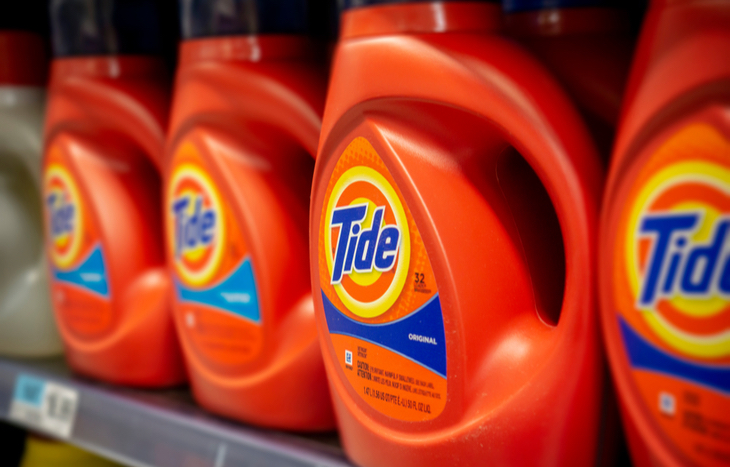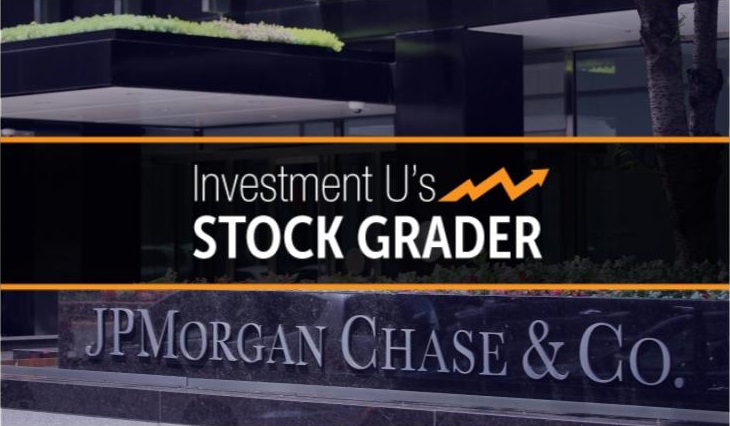Procter & Gamble Dividend History and Safety

Procter & Gamble’s dividend history is long. And with the recent market drop, it’s a better buying opportunity. The stock might be a great addition to income portfolios. So let’s take a look at the business, dividend history and payout safety going forward.
Procter & Gamble Business Overview
Procter & Gamble (NYSE: PG) is a $292 billion business, based on market cap. The company operates out of Cincinnati, Ohio, and it has 97,000 employees. Last year Procter & Gamble had $68 billion in sales, and that breaks down to $698,000 per worker.
The company operates within the consumer sector. In fact, it’s one of our Top 20 Consumer Staple Stocks for 2020. And the company has a healthy AA- credit rating from the S&P. This allows Procter & Gamble to issue cheap debt to grow the business and pay dividends.
For more than 50 consecutive years, shareholders have collected bigger PG dividends. That’s impressive growth and makes it one of the elite “Dividend Kings.” To see some recent trends, let’s look at the last 10 years…
Procter & Gamble Dividend History
The company paid investors $1.80 per share a decade ago. Over the last 10 years, PG’s dividend has climbed to $2.90. That’s a 61% increase. You can see the annual changes below…

The compound annual growth is 4.9% over 10 years… but over the last year, the dividend climbed 3.9%. The slowdown in dividend growth isn’t a great sign, although Procter & Gamble still might be a good income investment. Let’s take a look at the yield…
Current PG Dividend Yield vs. 10-Year Average
Procter & Gamble’s dividend history makes it one of the best dividend stocks around. This also makes the dividend yield a great indicator of value. A higher yield is generally better for buyers. Sustainability is also vital, and we’ll look at that soon.
The dividend yield comes in at 2.52%, and that’s below the 10-year average of 3.13%. The chart below shows the dividend yield over the last 10 years…

The dividend yield shows that investors have bid up the company’s market value. They might be expecting higher growth and payouts. But more often than not, the dividend yield is mean-reverting with share price changes.
Is Procter & Gamble’s Dividend Safe?
Many investors look at the payout ratio to determine dividend safety. They look at the dividend per share divided by the net income per share. So a payout ratio of 60% would mean that for every $1 Procter & Gamble earns, it pays investors $0.60.
The payout ratio is a good indicator of dividend safety… but accountants manipulate net income. They adjust for goodwill and other non-cash items. A better metric is free cash flow.
Here’s Procter & Gamble’s dividend payout ratio based on free cash flow over the last 10 years…

The ratio is fairly steady over the last 10 years, and the trend is up. An increase in this ratio isn’t a great sign. But the last year still only shows a payout ratio of 61%. And as the market has crashed, this provides safety for PG to continue paying its dividend.
Even if sales drop for a while, the company should be able to weather the storm. A payout ratio below 70% gives wiggle room for the board of directors to continue raising the dividend.
Procter & Gamble’s dividend is one of the safest you’ll find. The company has a long history of rewarding shareholders. That’s why it made our list of the Top Consumer Staple Stocks. Check it out. And to find more market research, sign up for our free e-letter below. It’s packed with insight from our investing experts.






